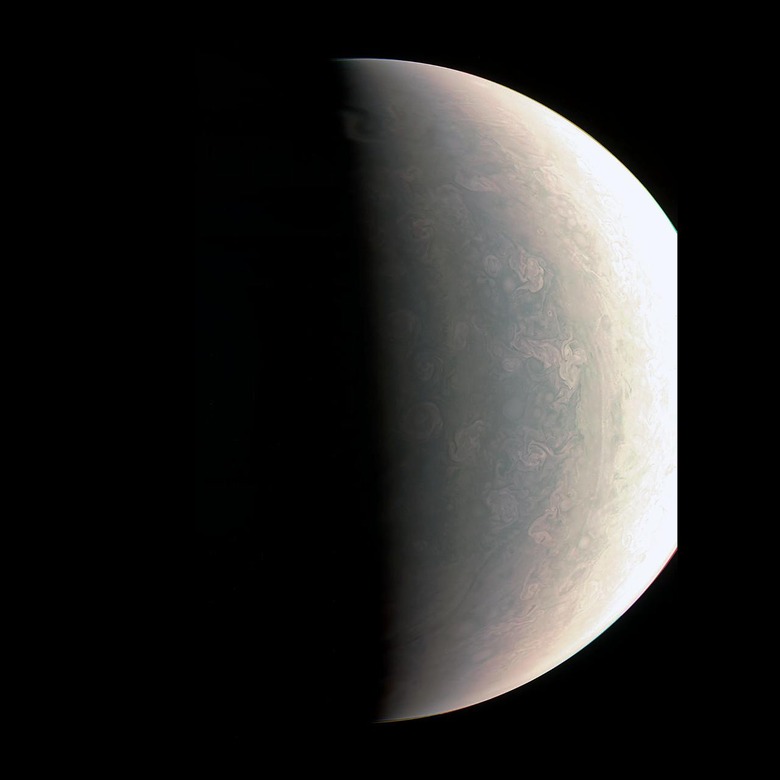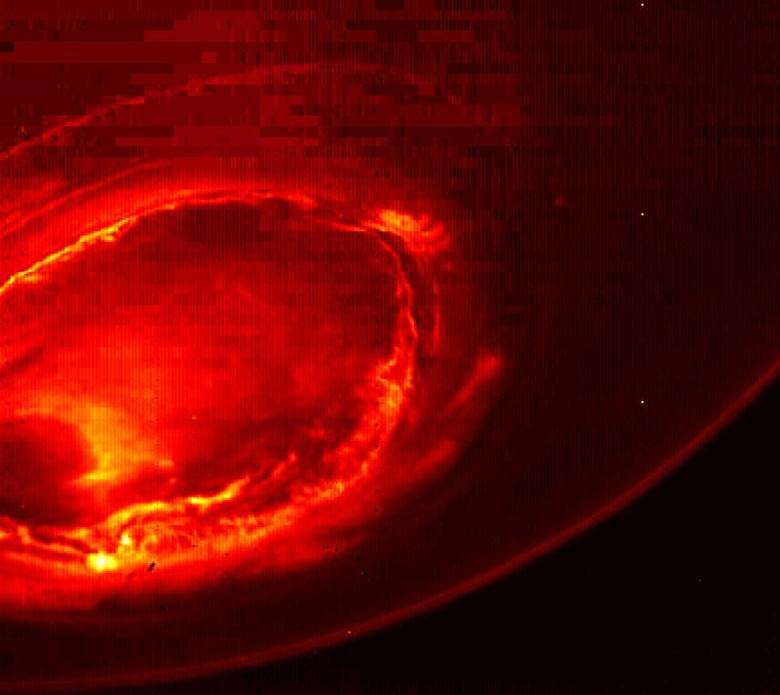Jupiter's North Pole Is So Unlike Jupiter, Other Gas Planets
When you say "North Pole", people will undoubtedly think of elves, Santa, and snow. Jupiter's north pole, however, is anything but jolly. Initial data acquired from the Juno spacecraft's first orbital flyby have started to open up more questions than NASA scientists could have imagine. While both north and south poles are, indeed, as stormy as the tempestuous giant of our solar system, images that Juno have gathered defy expectations and presumptions, revealing a plant that is just as mysterious as it is huge.
Next to being the biggest planet, Jupiter is also known as the stormy one, just like its mythological namesake. Those storms have given it its hallmark "bands" across its surface. Those bands, however, are completely absent at the north pole of the planet. Neither are the latitudinal bands nor zones scientists have come to expect in gas giants. While Saturn has an eerie hexagon at its northern peak, Jupiter has no such discernible visible area. It's all just storm clouds, some of which might actually be higher than other clouds.

The southern pole is just as interesting and mysterious. This is the one part of Jupiter that has never before been seen, because of the planet orientation in respect to Earth. Thanks to Juno, we now have our first look into Jupiter's south pole, and it is just as frightening, as well as awe inspiring, as the rest of the planet. Especially when seen via infrared that highlights the warm and hot spots of that area.

Speaking of frightening, Juno has also given scientists their first ever "close up" with Jupiter's radio emissions, which has been known since the 50s. When played back, the audio gives of a rather ghostly sound. And now scientists will have to uncover the origins of the emissions that produce these eerie tones.
And the mystery is far from over. The treasure trove of data, which hasn't completely been analyzed yet, is, in fact, just the first of dozens. Juno still has to make 36 more flybys to gather more data, hopefully revealing more secrets from the king of our solar system.
SOURCE: NASA
